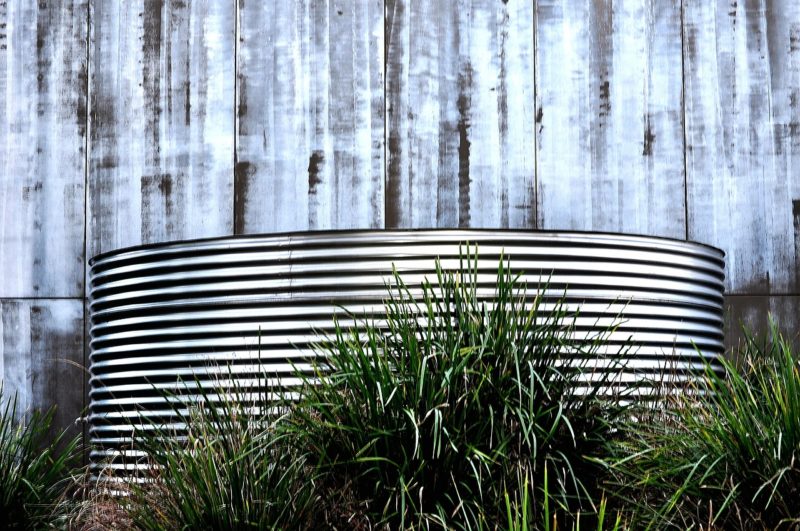How to Do Rainwater Harvesting at Home

Rainwater harvesting, an age-old practice, remains relevant today for its cost-effectiveness and purity compared to mains water. To maximize its benefits, proper collection methods are crucial. Simply situating a barrel beneath the roof’s highest water flow, while effective for certain tasks, isn’t sufficient.
In this article we will delve into the complexities of successful rainwater harvesting at home.
The Components of Rainwater Harvesting
- Catchment area: Typically the roof, this component catches every raindrop, serving as the primary collection point.
- Conveyance system: This network, such as downspouts, channels water from the catchment area to storage.
- Storage system: Essential for preserving rainwater’s cleanliness, especially in larger properties where multiple tanks interconnected can be optimal.
- Distribution system: This component, often utilizing pumps, delivers stored water to various areas within the household.
Important Questions Before Rainwater Harvesting
Before setting up a rainwater harvesting system, consider these three crucial questions:
1. What Do You Need Rainwater For?
Determine your water usage needs. Are you aiming to conserve garden water or reduce toilet consumption? Tailoring the system to your specific requirements is crucial.
2. Is Rainwater Harvesting Legal in Your Location?
Check local regulations. Some areas restrict or specify permitted uses for harvested rainwater, like outdoor irrigation or toilet flushing. Understanding these laws beforehand is essential for system planning.
3. How Much Rainwater Do You Need to Harvest?
Assess your household’s water needs. Calculate the frequency and volume of tasks utilizing collected rainwater to determine the appropriate tank size.
How to Install Rainwater Harvesting System at Home
Once you’ve clarified your needs and legal considerations, constructing your rainwater harvesting system becomes the next step. Here’s a guide to building your system, taking into account several crucial aspects:
Catchment Area
Not all roofing materials suit rainwater harvesting. Optimal choices include steel, concrete tiles, clay tiles, and wood shingles, as they’re less likely to contaminate collected water. Materials containing heavy metals could jeopardize water quality and health.
Downspouts/Eavestroughs
Ensure your home has appropriately sloped and sized gutters, along with an adequate number of downspouts. Properly managed gutters prevent water overflow during heavy rains, maximizing collection efficiency.
Tanks
Choose between poly and metal tanks based on your preferences and location. Poly tanks are lightweight yet durable, while metal tanks offer superior longevity, ideal for areas prone to strong winds.
Rainwater Conveyance Piping:
Your conveyance network encompasses plumbing transporting rain from the rooftop to storage tanks and further to intended usage points.
Protective Measures
Include an overflow pipe to prevent tank damage from heavy rain overflow. Direct the overflow away from building foundations. Protect against freezing by positioning below-ground components well below the frost line or draining seasonal systems after use.
Backflow Prevention
Install backflow prevention devices to ensure rainwater piping doesn’t contaminate the household’s potable water supply, maintaining water safety.
Filtration and Treatment
Prevent roof debris and air pollutants from entering storage tanks by integrating pre-filtration devices. Downspout filters, first-flush devices, and gutter guards are effective options.
Post-Storage Treatment
Consider additional treatment methods such as disinfection or filtration before using collected rainwater to minimize health risks.
Cost and Savings
Implementing a rainwater harvesting system involves initial investment, yet the monthly savings accrued by using rainwater for specific chores can ultimately recoup these costs.
Conclusion
In short, mastering rainwater harvesting at home involves thoughtful planning and implementation of various components. By understanding your needs, choosing suitable materials, and incorporating protective measures and treatments, you can create an effective system that maximizes the benefits of collecting and utilizing rainwater efficiently.
Would you like to receive similar articles by email?





